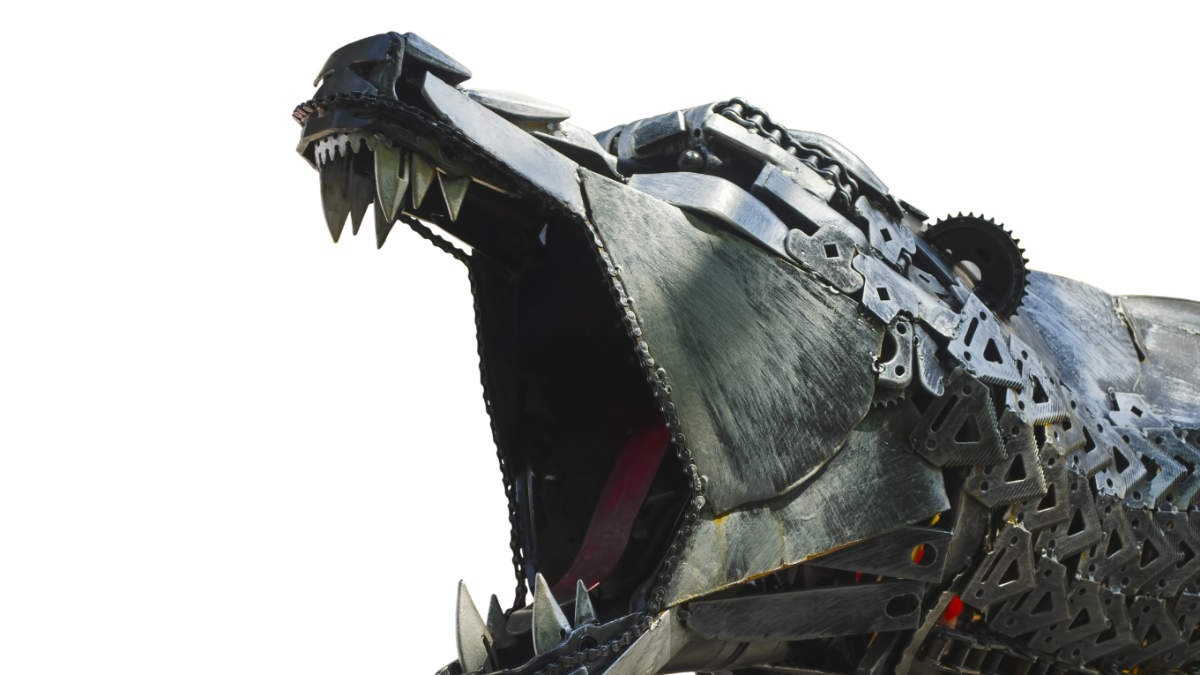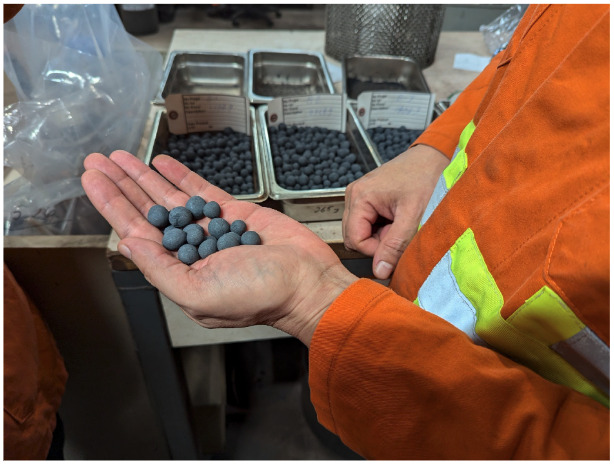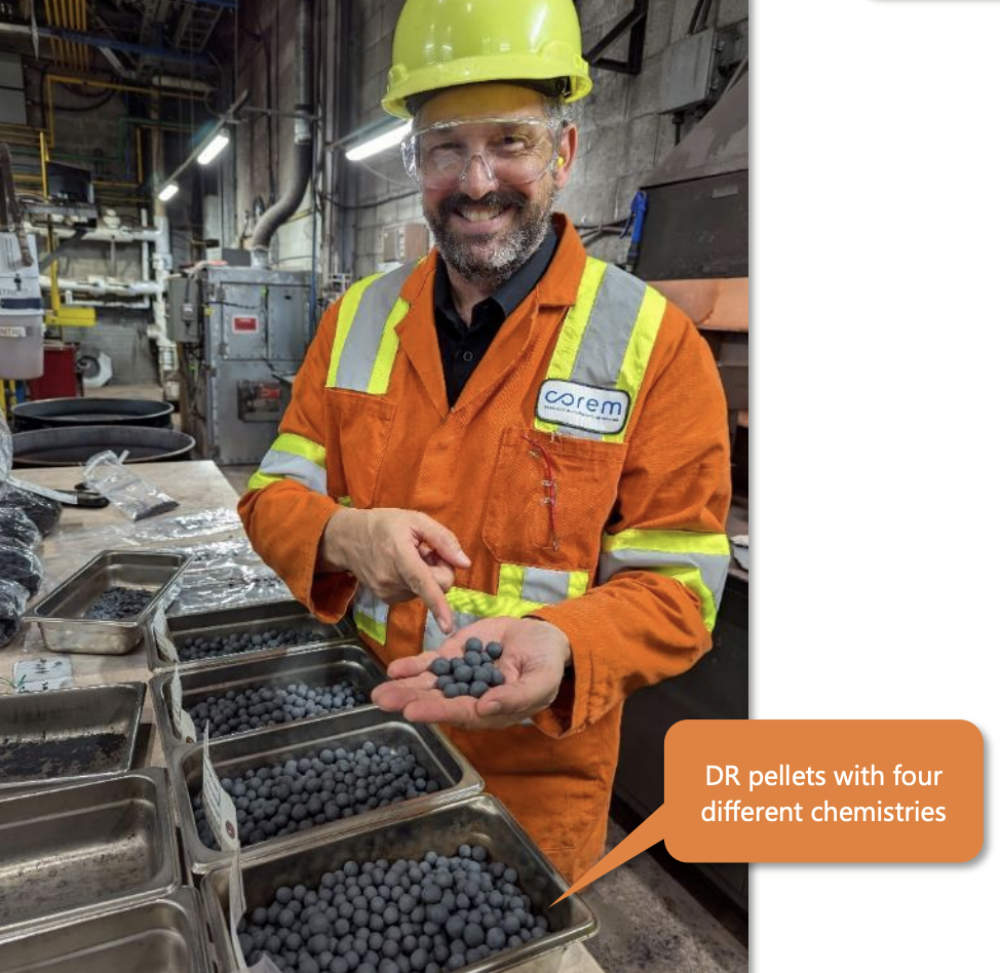Cyclone Metals to produce premium DR pellets using Iron Bear concentrates

Successful production of DR pellets could allow Cyclone Metals to command a price premium. Pic: Getty Images
- Cyclone Metals starts production of DR pellets suitable for use in direct reduction steel production
- DR pellets command a price premium of more than US$30/t over standard blast furnace pellets with no additional cost
- Company also starting engineering studies for power and rail as well as evaluate potential of DSO and magnetite outcrops
Special Report: Cyclone Metals is progressing its Iron Bear magnetite project in Canada by starting production of direct reduction grade pellets using previously produced concentrates.
This work is testing different chemistries to determine optimum metallisation and physical properties for low-carbon steel production.
Direct Reduction (DR) pellets are the necessary feed for direct reduction-based steel production, which has a lower carbon footprint due to using natural gas or hydrogen as a reductant instead of coal, which is used in traditional blast furnace steel production.
As DR pellets have very specific and hard-to-replicate metallisation or reduction properties, the ability to successfully produce this material will deliver significant benefits for Cyclone Metals (ASX:CLE) as it has a price premium of over US$30/t for no additional cost over standard blast furnace (BF) pellets.
Phase 2 of the company’s pilot plant test work had successfully achieved high magnetic iron recovery rates for the production of BF, DR and reverse flotation concentrates from 1.8t of sediment collected from the Iron Bear project.
Meanwhile, field geological surveys completed in July and August identified potential large outcrops of haematite with direct shipping ore (DSO) potential and large magnetite outcrops, which are not part of the project’s current inferred and indicated resource 16.6Bt grading 29.3% iron.

“I am pleased to report that we have started small-scale production of DR pellets, which are critical for green steel production and are projected to be in very high demand in the next couple of years as numerous direct reduction steel plants are being built in the Middle East, the USA, and Canada,” chief executive officer Paul Berend said.
“The Iron Bear mineral resource is still delivering more positive surprises with potential direct shipping ore outcrops identified during our recent field trips. The potential of these large outcrops is unknown, but we are excited by the upside.”

Iron Bear and future plans
Iron Bear is less than 25km from an open-access, heavy-haul railway connected to an open-access iron ore export port and 75km from a hydroelectric plant.
CLE plans to develop it by rapidly de-risking the asset and enable a potential joint venture to reach a decision to mine.
One of the key steps has already been met, namely the successful production of high-quality magnetic products (concentrates) from the pilot plant.
The production of DR pellets is the next step along with the establishment of a JV with a strong operational partner to fund the Iron Bear project development and provide a balance sheet that can support the high capex required to bring a project of this scale into production.
In the short term, the company is focused on defining the chemistry of the DR pellets, on starting engineering studies to de-risk the power assumptions and rail assumptions, and on evaluating the potential of the DSO and magnetite outcrops.
CLE has also collected 18t of drill cores and shipped them to COREM – a non-profit expertise and innovation centre in Québec City that offers mining companies a range of specialised research services – to start Phase 4 of the metallurgical test work.
This targets the production of 4-5t of BF and DR concentrates for metallurgical testing by potential steel clients.
This article was developed in collaboration with Cyclone Metals, a Stockhead advertiser at the time of publishing.
This article does not constitute financial product advice. You should consider obtaining independent advice before making any financial decisions.
Related Topics
UNLOCK INSIGHTS
Discover the untold stories of emerging ASX stocks.
Daily news and expert analysis, it's free to subscribe.
By proceeding, you confirm you understand that we handle personal information in accordance with our Privacy Policy.








